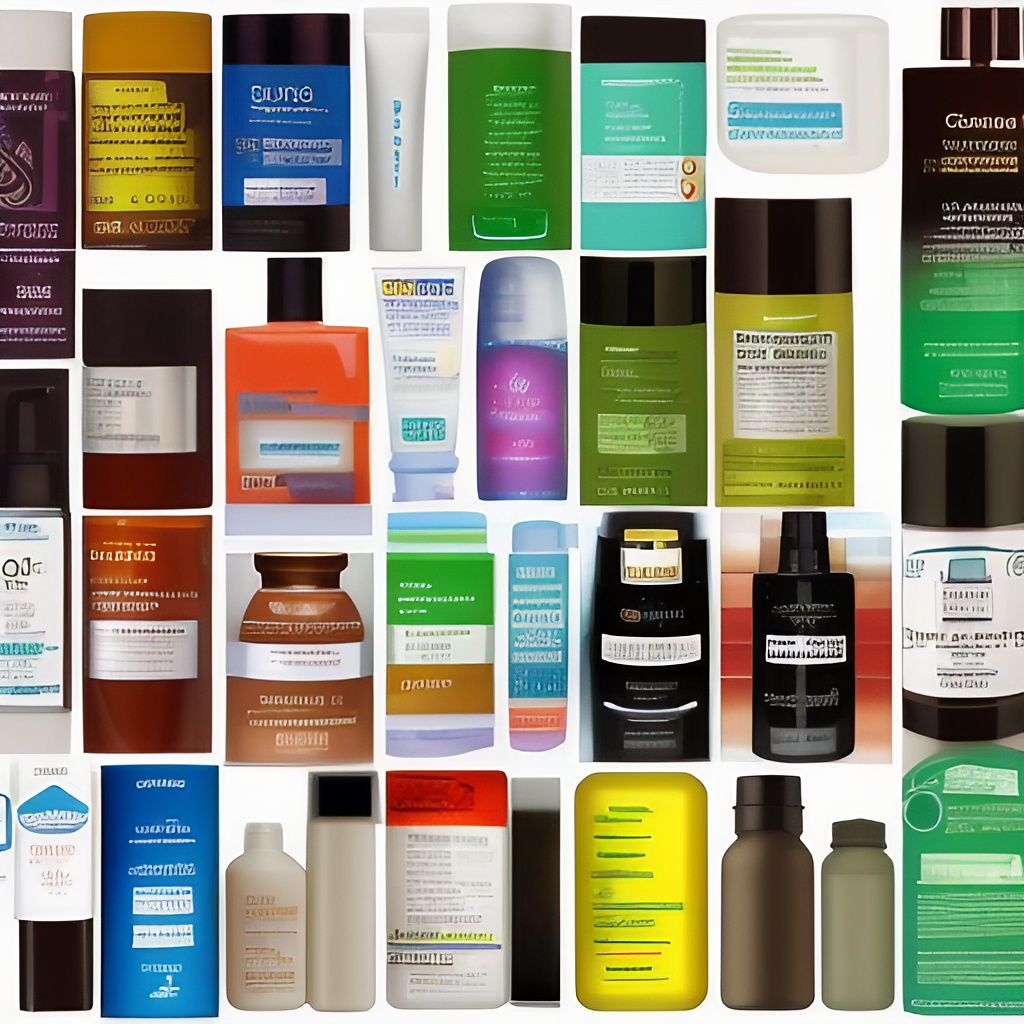What You Need To Know
Nicknamed the “everywhere chemical” phthalates are a group of manmade chemicals with a wide variety of applications; they’re prevalent in many things most people come into contact with on a daily basis. Public concerns have risen steadily as studies suggest these chemicals can have a negative impact on our health and on the environment.
- They’re commonly used in personal care products to help lubricate other ingredients.
- Most governments have restricted at least some types of phthalates and are in the process of evaluating others.
- Health implications are still not well understood, but the general consensus is that too much exposure to phthalates might disrupt normal hormone balance.
- You can reduce your exposure by avoiding products known to have phthalates.
What are phthalates?
Phthalates are a group of chemicals found in a variety of products and can be found in many items we use in everyday life. They are used to make plastic items softer and more flexible, but phthalates have been linked to potential health problems affecting the human body. Research is showing phthalates can alter hormone levels, increase birth defects, and cause reproductive problems for both men and women. Phthalates have also been linked to developmental diseases, some forms of cancer, asthma, allergies, neurodevelopmental delays and behavioral issues.
How Are Phthalates Regulated?
Phthalates have become a more prevalent topic of discussion due to their potential harmful effects on human health. In response, several countries worldwide have implemented regulations limiting the use of phthalates in consumer products such as toys and cosmetics.
Generally, phthalates are limited to 0.1-0.3% in toys intended for oral use or involvement with mucous membranes, while certain phthalates known as reproductive toxins are banned from cosmetics or beauty products intended for children under the age of three.
Europe: Highly Regulated
The European Union (EU) has taken phthalates regulation very seriously since the late 1980s, when the dangers of phthalates to human health and the environment were first discovered. In 1988, the EU established danger levels for phthalates and banned their use in baby toys, followed by a wider ban in 1999.
The EU’s Cosmetic Products Regulation Act of 2004 essentially outlawed phthalate use in cosmetics and other personal care products, leading to industry-wide phasing out. Since then, more strict regulations have been enacted on phthalates’ use, requiring safety evaluations before new phthalate compounds can be approved for sale. Overall, the EU has taken a strong stance against phthalates and other harmful chemicals in order to protect public health and the environment.
More Info: ECHA – EU Phthalate Regulations
United States: Regulated
The United States has long recognized phthalates as having potentially harmful effects on human health. As a result, the country’s phthalates regulations have been in development since the 1970s. By 1979, the US Environmental Protection Agency had enacted bans on phthalate use in food packaging and products meant to come into contact with food, while also outlawing phthalates that are known carcinogens. Since then, regulations have continued to evolve and expand.
In 2008, Congress instituted a ban on phthalate use in children’s toys and other products used by young children. And in 2016, the government approved phthalate restrictions for vinyl flooring at the federal level. As phthalates continue to be linked to potential health risks, these regulations are likely to develop further well into the future.
CDC
After mounting evidence of phthalates’ human health risks, the CDC conducted a series of studies called “Fourth National Report on Human Exposure to Environmental Chemicals” in 2009 to illustrate phthalate levels in the American public. This report led to more action being taken, resulting in the US phasing out phthalates used in children’s toys and other products made for infants and toddlers since 2009.
More Info: Phthalates CDC Fact Sheet
FDA
The FDA began regulating phthalates in 1979 when Congress passed the Food, Drug, and Cosmetic Act’s Fair Packaging and Labeling Act, requiring phthalates be labeled on certain packaging. Since then, phthalate levels have been regulated and monitored by the FDA ensuring consumer safety.
In 2018 the FDA issued a ban on the use phthalates in children’s toys as a precautionary measure against potential negative impacts to their health. However, the FDA still allows phthalates in food contact materials, despite petitions to ban these chemicals.
More Info: FDA Allows 9 Types of Phthalates in Food Packaging
Canada: Regulated
Canada has long been proactive in phthalates regulations. In 1978, phthalates were added to the Canadian Environmental Protection Act’s list of toxic substances due to their known effects on human health. As research into phthalate exposure continued, Canada slowly developed more comprehensive regulations, implementing restrictions of phthalates and phthalate-containing materials in certain products by the 2000s.
These regulations grew even further with the passing of Regulations Amending the Non-Domestic Substances List (NDSL) and New Substances Notification Regulations in 2010 and 2016 respectively. Although these regulations are still under review, Canada is poised to remain a leader on phthalate regulation going forward.
More Info: Gov of Canada Phthalate Overview
Where Are Phthalates Found? (Most Common Products)
Phthalates are found in a wide range of products, most commonly:
- Personal care products
- nail polish
- perfumes
- deodorants
- soaps
- body lotions
- etc.
- Plastics – mainly PVC (vinyl)
- pvc piping
- flooring
- shower curtains
- wire and cable insulation
- etc.
How Much Phthalate Exposure is Dangerous?
The effects of phthalates vary depending on the type and amount of exposure, but research suggests that even low-level phthalate exposures can be dangerous for human health over time. Further research is needed to better understand how phthalates affect the body.
How To Avoid Phthalates
There’s no easy way to identify products that have phthalates. Currently the best strategies include:
- Follow trusted brands committed to selling phthalate-free products
- Avoid PVC plastics – look for the #3 PVC symbol on plastic products
- Read labels – sometimes one or more phthalate compound will be listed

